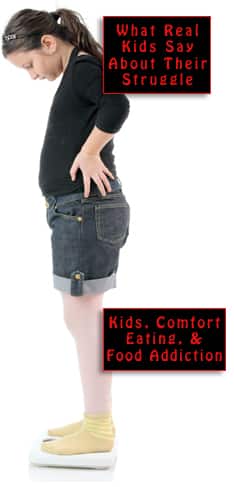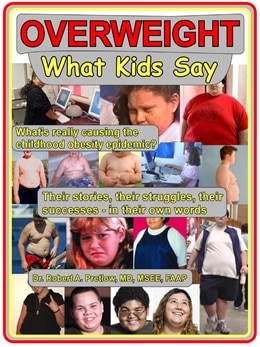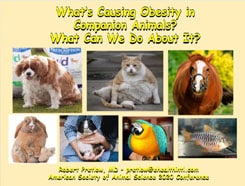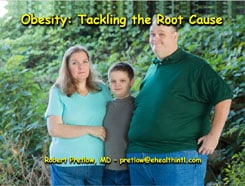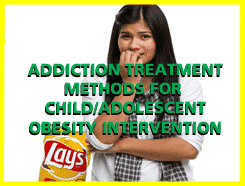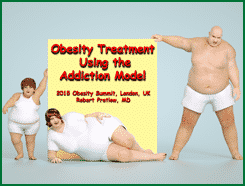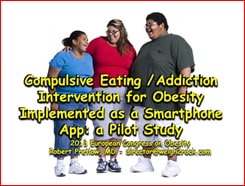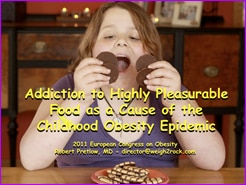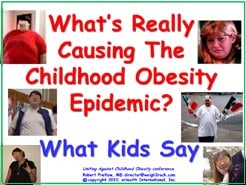Obesity and Country Life, Continued

In 2018, the Centers for Disease Control published the National Health and Nutrition Examination Survey, which sampled 10,792 adults’ records and 6,863 children’s records, which may sound like a relatively small number. However, this data did not originate with self-reported weight figures, but came from information supplied by healthcare providers, so the reliability factor is greater.
Over all age groups, the big news was the increase in severe or class 3 obesity. Country women are twice as likely as city women to be dangerously overweight. Among men, the disproportion is even higher. Well over twice as many country men are likely to be very obese, than their urban counterparts. Here are some highlights:
Men and children living in small towns are three times more likely to be severely, dangerously obese…
[P]eople in rural areas are far more likely to have a BMI over 40
The difference between rural and urban children has stayed stable over time, but the disparity is growing among severely obese adults
But strangely, in some other cultures, this dynamic works the opposite way. As a McKinsey Institute discussion paper pointed out,
In India and China, the prevalence of obesity in cities is three to four times the rate in rural areas, reflecting higher incomes in urban areas and therefore higher levels of nutrition and food consumption and often less active labor.
A metastudy published in 2020 set out to clarify the city-country difference. It concluded that “the associations of obesogenic environmental factors, including residential density, with weight-related behaviours and outcomes could vary greatly across countries and regions.” The pertinent data came from 35 studies conducted in 14 different countries.
With regard to children and PA (physical activity), there was “no conclusive association between residential density and childhood obesity.” Why? One proposed explanation was…
Although unlikely to stimulate PA directly, a higher residential density usually allows for mass retail services and facilities and thus tends to increase the number of potential destinations within walking or cycling distance, which could increase the PA levels of residents…
Half of the studies in the systematic review reported a negative relationship between residential density and weight status, whereas the other half showed a positive relationship.
Another seeming anomaly is the difference in findings about the effect of air quality. In June 2020, the University of Southern California and the Barcelona Institute for Global Health released a study that tried to pin down the totality of all environmental factors that contribute to obesity. It concluded that, in combination with the built environment, “air pollution correlates with the highest childhood obesity rates and body mass index.” One quotation says,
High BMI correlates with densely populated areas. But, BMI was lower in areas with more concentrated resources: businesses, community services, educational institutions, restaurants, shopping, and more.
That seems to fit uneasily with the information from other studies, which is what inspired the researchers to try very hard to identify each and every contributing factor to obesity.
Your responses and feedback are welcome!
Source: “Severe obesity warning for rural America,” DailyMail.co.uk, 06/19/18
Source: “Overcoming obesity: An initial economic analysis,” McKinsey.com, November 2014
Source: “Neighbourhood residential density and childhood obesity,” Wiley.com, 05/14/20
Source: “Childhood obesity is linked to multiple environmental factors,” Umiess.net, 06/29/20
Image by SMcD22/CC BY 2.0










 FAQs and Media Requests:
FAQs and Media Requests: 